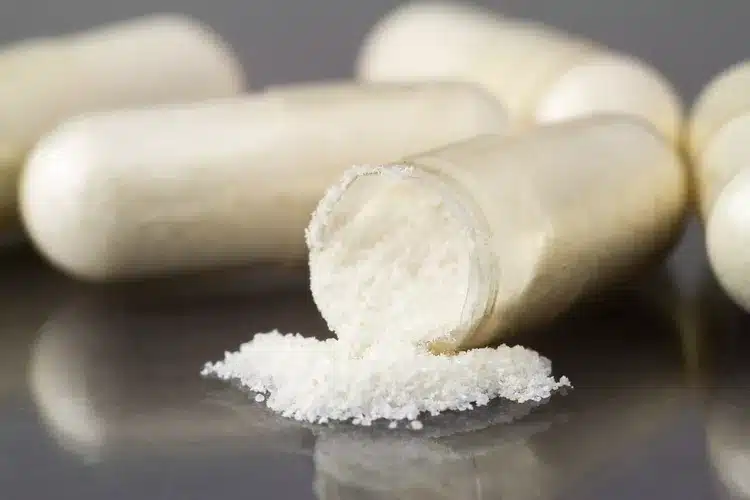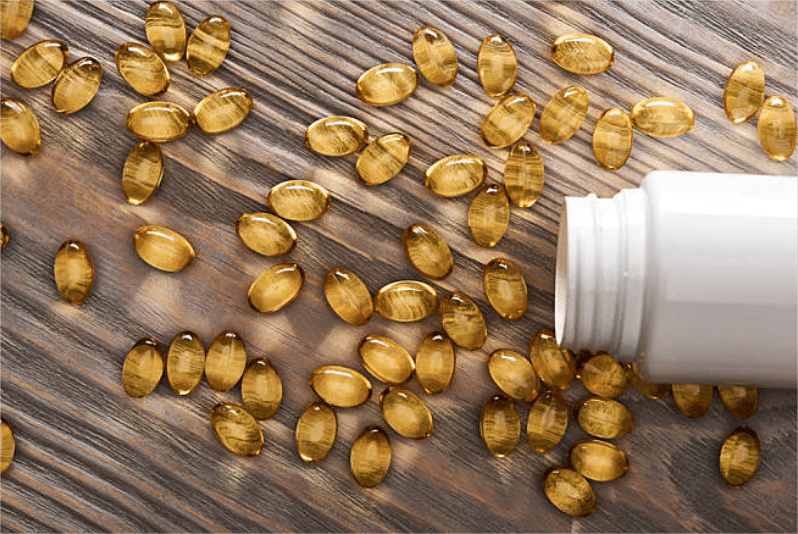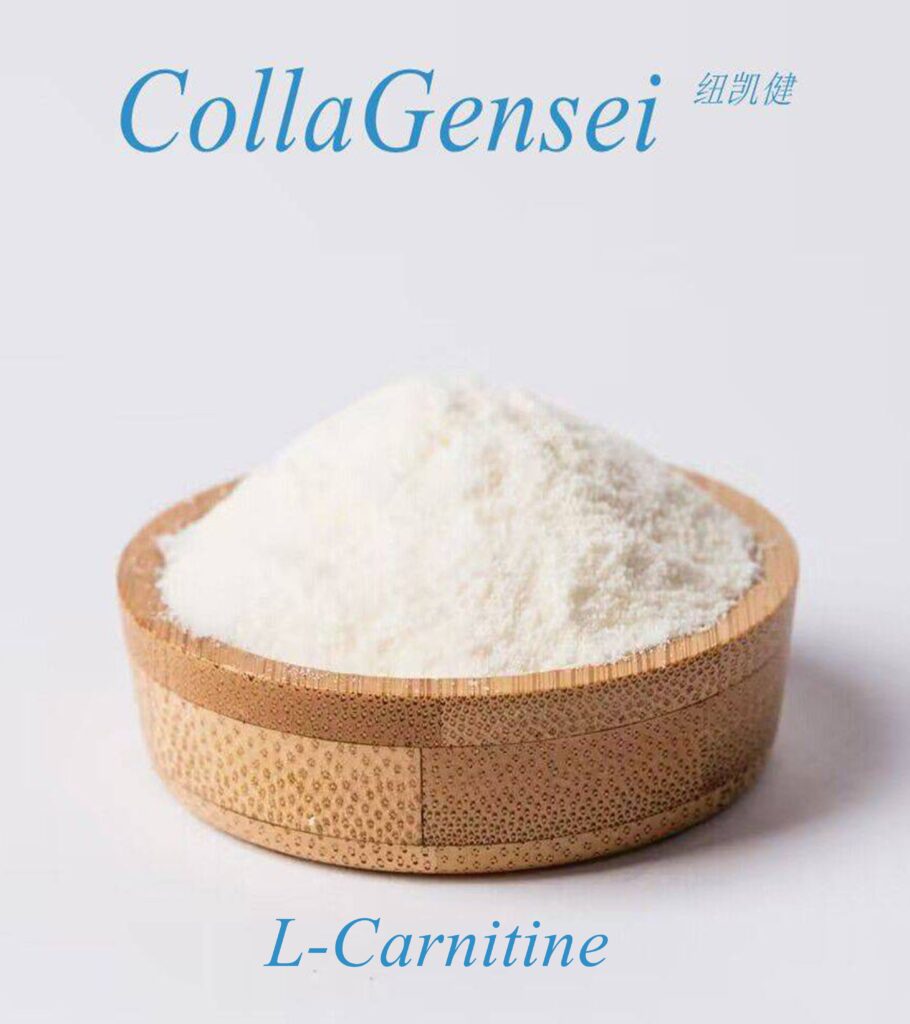Introduction
In the quest for better health, particularly regarding joint and connective tissue support, gelatin and glucosamine have become popular supplements. Both substances are often associated with alleviating joint pain and improving mobility, but they are fundamentally different in their composition, sources, and mechanisms of action. This article explores the nuances between gelatin and glucosamine, examining their origins, nutritional profiles, health benefits, uses, and the latest scientific research. By the end, you will better understand which option may be best for your health needs.
Chapter 1: Understanding Gelatin
What is Gelatin?
Gelatin is derived from collagen, a natural protein in animal connective tissues, skin, and bones. Producing gelatin involves boiling these animal parts to extract the collagen, which is then dried and processed into powder or sheets. Gelatin is known for its ability to gel liquids, making it a common ingredient in many culinary applications.
Nutritional Profile of Gelatin
Gelatin is primarily composed of protein, specifically collagen protein. Below is a typical nutritional breakdown per tablespoon (approximately 10 grams):
- Calories: 35
- Protein: 9 grams
- Fat: 0 grams
- Carbohydrates: 0 grams
While gelatin is low in calories and free from fats and carbohydrates, it is important to note that it is not a complete protein; it lacks certain essential amino acids. The primary amino acids in gelatin include glycine and proline, which play significant roles in various bodily functions.
Health Benefits of Gelatin
- Joint Health: Gelatin may support joint health due to its collagen content, potentially alleviating pain and inflammation associated with conditions like osteoarthritis.
- Digestive Support: Gelatin can improve gut health by strengthening the intestinal lining and aiding digestion.
- Skin Elasticity: Regular consumption of gelatin may enhance skin elasticity and hydration, making it a popular ingredient in beauty products.
- Muscle Recovery: The amino acids in gelatin can support muscle recovery and repair after exercise.
- Weight Management: Gelatin can promote feelings of fullness, which may assist in weight control.
Culinary Uses of Gelatin
Gelatin is versatile and widely used in various culinary applications:
- Desserts: Commonly found in jellies, panna cotta, marshmallows, and gummy candies.
- Soups and Sauces: This can enhance texture and body in soups, gravies, and sauces.
- Stabilizer: Used to stabilize whipped creams and mousses.
Chapter 2: Understanding Glucosamine
What is Glucosamine?
Glucosamine is a naturally occurring amino sugar critical component of cartilage, the tissue that cushions joints. It is often derived from shellfish but can also be synthesized in laboratories. Glucosamine is commonly used as a dietary supplement to support joint health, especially in individuals with osteoarthritis.
Nutritional Profile of Glucosamine
Glucosamine is not a protein but a simple carbohydrate that plays a vital role in building and repairing cartilage. Typical supplement dosages range from 1,500 to 2,000 mg daily, often combined with other ingredients like chondroitin sulfate or MSM (methylsulfonylmethane).
Health Benefits of Glucosamine
- Joint Health: Glucosamine is primarily known for its ability to alleviate symptoms of osteoarthritis by supporting cartilage health and reducing pain.
- Anti-Inflammatory Properties: It may help reduce joint inflammation, improving mobility.
- Cartilage Repair: Glucosamine can stimulate the production of cartilage and synovial fluid, which helps lubricate joints.
- Enhanced Joint Function: Regular supplementation may improve joint function and reduce stiffness.
Culinary Uses of Glucosamine
Glucosamine is not commonly found in food sources. Instead, it is primarily available as a dietary supplement, including capsules, tablets, powders, and liquid solutions.
Chapter 3: Comparing Gelatin and Glucosamine
Nutritional Differences
The fundamental difference between gelatin and glucosamine lies in their composition. Gelatin is primarily a protein source derived from collagen, while glucosamine is an amino sugar essential for cartilage health. This difference in composition leads to varying roles in joint support and overall health.
Health Benefits Comparison
- Joint Health: Both gelatin and glucosamine support joint health, but glucosamine is often more effective in alleviating osteoarthritis symptoms due to its specific role in cartilage repair.
- Digestive Support: Gelatin benefits gut health, while glucosamine does not directly support digestive health.
- Skin Health: Gelatin may enhance skin elasticity and hydration, whereas glucosamine does not significantly affect skin.
Culinary Uses
Gelatin is versatile and used in cooking and baking, while glucosamine is mainly available in supplement form. This difference affects how each can be integrated into a diet.
Preparation and Availability
In grocery stores and online, gelatin is readily available in powdered or sheet forms. Glucosamine supplements can be found in health food stores, pharmacies, and online, often combined with other joint-supporting compounds.
Chapter 4: Scientific Research
Research on Gelatin
Numerous studies have examined the benefits of gelatin, particularly concerning joint health and muscle recovery. Some research indicates that consuming gelatin may improve symptoms of osteoarthritis and enhance athletic performance. Its role in gut health is also being investigated, especially in leaky gut syndrome and overall digestive wellness.
Research on Glucosamine
Glucosamine has been extensively studied for its effects on osteoarthritis and joint health. Clinical trials have demonstrated that glucosamine can significantly reduce pain and improve joint function. Some studies also suggest that it may slow the progression of joint deterioration in osteoarthritis patients. However, results can vary based on individual factors and the specific formulation of the supplement.
Chapter 5: Practical Considerations
How to Incorporate Gelatin into Your Diet
- Desserts: Use gelatin to create jellies, panna cotta, or marshmallows.
- Thickening Agent: Add gelatin to soups or sauces for a richer texture.
- Homemade Gummies: Make gummy snacks using fruit juice and gelatin.
- Smoothies: Incorporate gelatin powder into smoothies or protein shakes.
How to Use Glucosamine
- Supplementation: Follow dosage recommendations on supplement labels, typically ranging from 1,500 mg to 2,000 mg daily.
- Combination with Other Ingredients: Many glucosamine supplements combine it with chondroitin sulfate or MSM for enhanced benefits.
- Consultation with Healthcare Providers: Always consult a healthcare professional before starting any new supplement regimen, especially if you have underlying health conditions or are taking other medications.
Chapter 6: Safety and Side Effects
Gelatin Safety
Gelatin is generally considered safe for most people when consumed in food or supplement form. However, some individuals may experience allergic reactions, especially if they have sensitivities to specific animal sources. It’s advisable to read labels carefully and choose high-quality sources.
Glucosamine Safety
Glucosamine is considered safe for most individuals, although it may interact with anticoagulant medications. Some people may experience mild gastrointestinal discomfort, such as bloating or diarrhea. Consulting a healthcare provider before use is advisable, particularly for those with shellfish allergies.
Chapter 7: Conclusion
Both gelatin and glucosamine offer unique benefits for joint health and overall well-being. Gelatin serves as a versatile ingredient in cooking, providing not only nutritional benefits but also culinary flexibility. Conversely, glucosamine is primarily available as a supplement and has been well-researched for its role in alleviating osteoarthritis symptoms.
By understanding the distinctions between these two substances, individuals can make informed choices about incorporating them into their dietary and health regimens. Whether you choose gelatin for its culinary uses or glucosamine for its targeted joint support, both options can contribute positively to your overall health.




